A large corporation in the field of pension and insurance should prioritize the projects, whose main component is software, for the next two years.
There is information in a Project Canvas still without details about the requirements and constraints in terms specific enough for a measurement by the analysis of function points.
There are about 100 initiatives that should be prioritized within a budget in a very short time.
The professionals involved do not know where to start to give an order of magnitude to each initiative.
How to make successful portfolio planning and adoption of project canvas methodology feasible?
Solution
An electronic spreadsheet, implementing a model of classification of initiatives. It derives the order of magnitude for software development and facilitates the budgeting of the cost of:
- Training
- hardware
- Licenses
- Marketing and communication actions
- Homologation and others.
It uses as insumos the information available at this stage of the project, such as macro functionalities; whether development is on a new platform; stakeholders; the business process impacted; the participation of software packages in the solution; and the use of existing software.
Result
The missing piece for the implementation of the Project Canvas model was approved and the organization now has a classification of order of magnitude of business initiatives fundamental to the prioritization of the portfolio.
How the parts have been integrated
We mobilized the Budget Center to select a set of projects together with the client in order to represent the type of initiative, which needs to be budgeted.
From the analysis of internal documents of the organization, reference models, such as the Constructive Cost Model (COCOMOII), interviews and focus groups with the client’s staff, we developed a preliminary structure with the candidate attributes available to the classification of demands.
We collect, validate and tabulate this information for the selected projects. We apply techniques of approximation of functional size and heuristics of size to determine the order of magnitude of each initiative.
Our Analytics & Machine Learning consultants used statistical methods, such as Multiple Linear Regression, Variance Analysis (ANOVA) and Regression and Classification Trees, in a robust data analysis platform (RStudio), together with internal and external benchmarking, allowed the classification model to derive; finally, implanted in an Excel spreadsheet approved by the customer.






